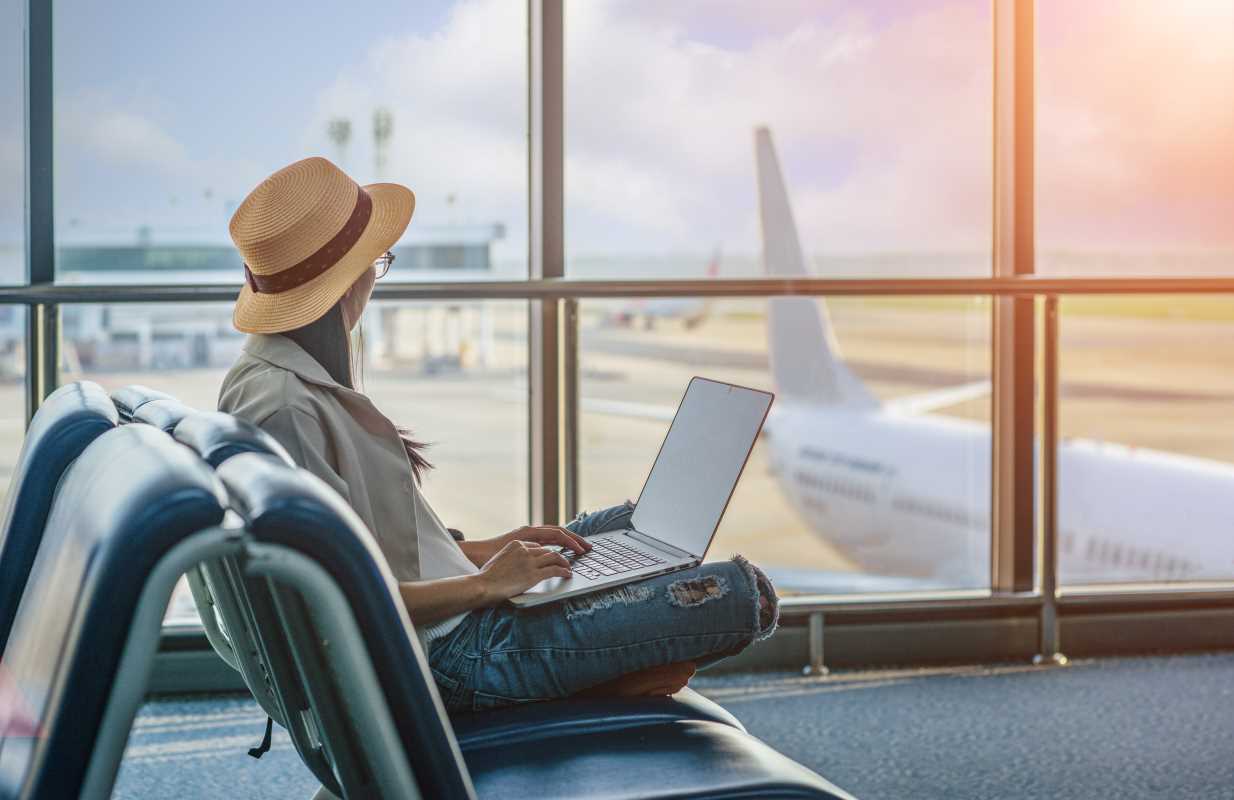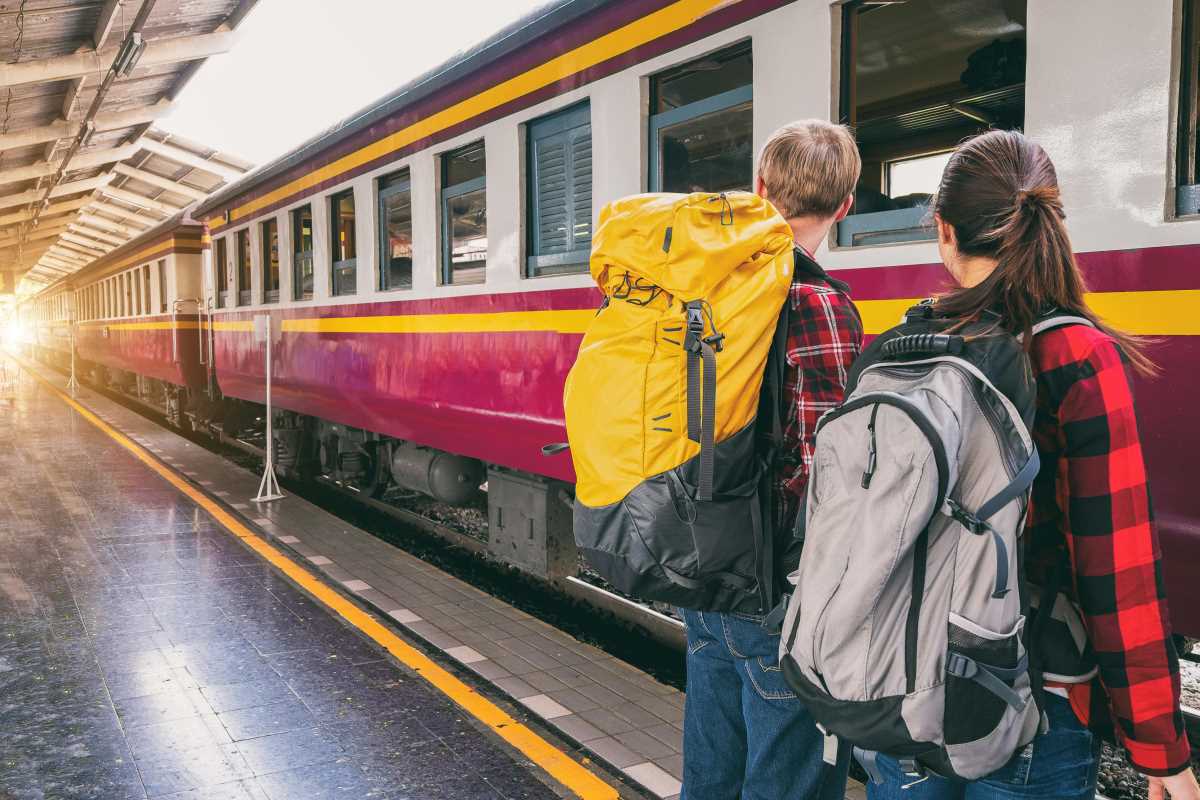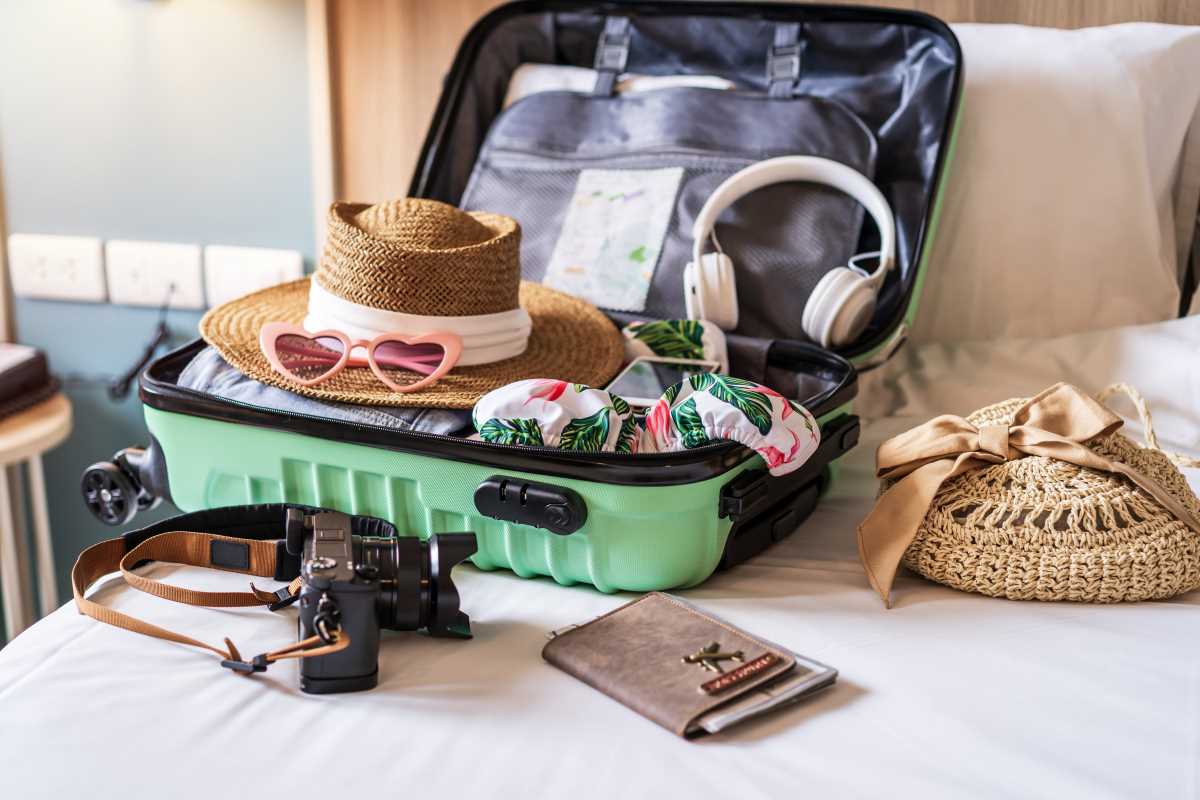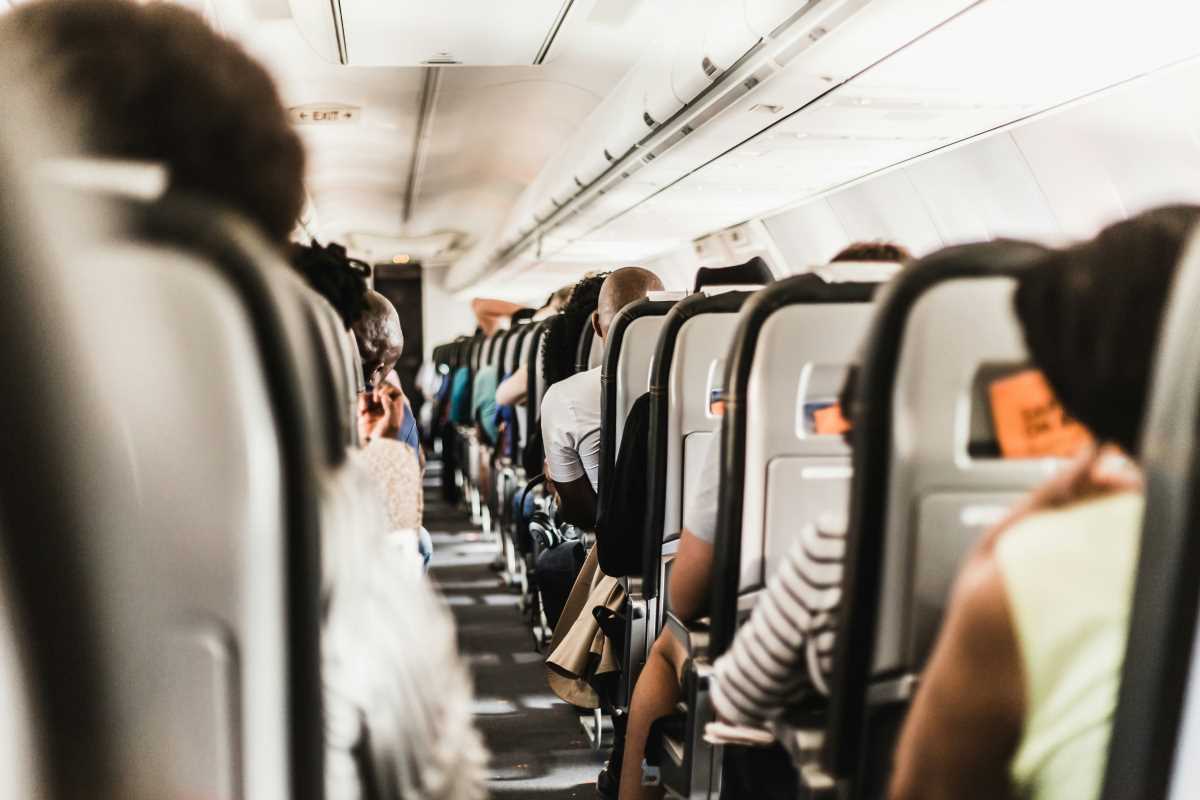When embarking on an international adventure, blending in with the local culture can enhance your experience in countless ways. Not only does it provide an extra layer of safety by making you less of a target for scams and petty crime, but it also opens doors to more authentic interactions and helps you avoid overpriced tourist traps. Let's explore why it's beneficial to avoid looking like a tourist and how you can seamlessly integrate into your travel destinations.
The Benefits of Blending In
- Enhanced Safety: Tourists often stand out as easy targets for pickpockets and scammers. By blending in, you can decrease the likelihood of being targeted. Local criminals are less likely to engage someone who doesn’t appear obviously unfamiliar with their surroundings or vulnerable.
- Authentic Cultural Experiences: When locals perceive you as someone who respects and understands their culture, they're more likely to engage with you in a genuine way. This can lead to enriching conversations, invitations to local events, and a deeper understanding of the place you’re visiting.
- Avoiding Tourist Traps: Blending in can help you steer clear of over-commercialized attractions. Locals can guide you to hidden gems that are not in the guidebooks, offering a more genuine experience of the destination.
How to Avoid Looking Like a Tourist
Dress Like a Local
One of the easiest ways to avoid looking like a tourist is to adopt local fashion cues. This doesn't mean you need to overhaul your wardrobe; just take note of what locals wear and try to mirror their style. In some countries, dressing conservatively is key, while in others, more relaxed attire is acceptable. Research typical clothing styles before you pack, and avoid wearing clothing with overt branding or logos.
Learn Basic Language Phrases
Knowing a few basic phrases in the local language can make a significant difference. Phrases like “hello,” “please,” “thank you,” and “excuse me” show respect and can help you connect with locals. Even if you're not fluent, locals appreciate the effort and may be more inclined to assist you or engage in conversation.
Understand Cultural Norms
Every culture has its own set of social norms and etiquettes. Before you travel, spend some time learning about these cultural differences. For instance, in some cultures, it’s customary to bow when greeting, while others prefer a handshake. Knowing these nuances can prevent awkward moments and demonstrate respect for the local customs.
Use Public Transportation
Tourists often rely on taxis or ride-sharing services, but using public transportation can not only save you money but also help you blend in. Familiarize yourself with the local transit system, whether it's buses, trains, or trams. Riding with locals gives you insight into daily life and can be an adventure in itself.
Avoid Common Tourist Behaviors
- Constantly Checking Maps: It's natural to want to navigate your surroundings, but standing on a street corner with a map or smartphone can be a dead giveaway. Instead, plan your route ahead of time or discreetly check directions before setting out.
- Excessive Photographing: While it's tempting to capture every moment, taking photos of everything can make you stand out. Prioritize capturing meaningful moments and consider putting your camera away at times to simply enjoy the experience.
- Flashy Accessories: Ditch the fanny packs, large backpacks, and "I Love [City]" t-shirts. These items scream "tourist." Opt for a simple crossbody bag or a discreet backpack that blends in with local styles.
Practice Discretion with Money and Valuables
Avoid drawing attention to yourself by being discreet with your money and valuables. Use a money belt or an inside pocket for essentials like cash and credit cards. Avoid flashy jewelry or expensive gadgets that might mark you as a target for theft. When paying for something, try not to display large amounts of cash, as this can attract unwanted attention.
Embrace Local Cuisine
Dining where locals eat can be one of the most enjoyable ways to blend in. Avoid restaurants with menus in multiple languages or that cater primarily to tourists. Instead, seek out local eateries or street food vendors, where you can taste authentic dishes and perhaps strike up a conversation with locals.
Be Mindful of Your Body Language
Body language can communicate just as much as words. Be aware of local customs regarding personal space, eye contact, and gestures. For example, in some cultures, it’s considered rude to point, while in others, maintaining direct eye contact is essential for showing sincerity.
Stay Informed and Blend In
Keeping up with local news and events can provide insights into the community and current happenings. It also gives you conversational topics to engage with locals more meaningfully.
Connecting with locals can be incredibly rewarding, but it’s important to approach these interactions with respect and curiosity. Ask open-ended questions about their culture and traditions, and listen actively. Avoid making assumptions or comparisons that could come across as disrespectful. By showing genuine interest and appreciation, you’ll often find locals are eager to share insights and stories about their way of life.
Traveling abroad offers a unique opportunity to learn and grow by immersing yourself in new cultures. By taking steps to avoid looking like a tourist, you not only enhance your own experience but also show respect for the people and places you visit. Blending in allows you to engage more deeply with the local culture, leading to a richer and more rewarding journey. Remember, the goal is not to hide your identity but to respect and appreciate your host country while enjoying the incredible experiences it has to offer. Safe travels!
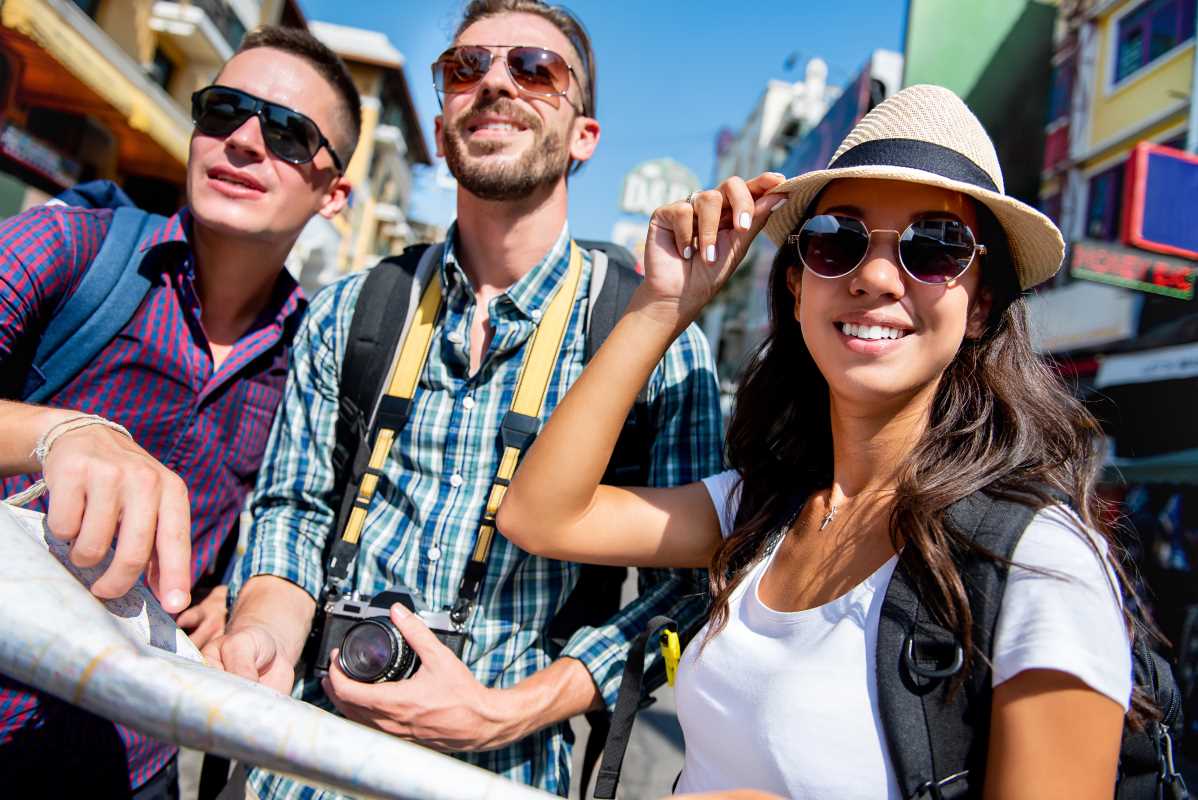 (Image via
(Image via
